Ever since Cinnamon has had her babies, she hasn't wanted me to pick her up. Whenever I go in there to scoop her into my arms, she gets angry. One day I grabbed her by the scruff for a split second - just long enough to get my hand under her bum and the hand holding the scruff under her front legs - and she was fine. No squealing, running, or kicking. Total calm.
I don't suggest picking up your rabbit by the scruff unless you only need to do it to get the rabbit off the ground. In Cinnamon's case, she thinks leaving her cage wouldn't be fun. As soon as she's in the air, she doesn't care. And like I said before, I only pick her up by her scruff for a split second.
If you pick your rabbit up this way all the time (meaning that's the only way you pick up your rabbit), the hair on their neck may become worn and the rabbit can become unshowable. If the rabbit is shedding, you have to be careful - they could slip right out of your hand.
I absolutely wouldn't say that it's okay to carry your rabbit by the scruff. Their back legs do need to be supported or they feel like they're falling. And it's just bad for their neck - plain and simple.
I definitely wouldn't pick any of my larger rabbits (over 4lbs), up by the scruff. Since Cinnamon is a tiny thing, barely 3lbs, I feel safer about it. And with any heavier breeds - I wouldn't advise it. It's just not healthy for the rabbit to have so much weight placed on its neck.
But for a simple scoop, or an emergency (in which you just can't get your rabbit underneath their front arms and need to pick them up NOW), I think it's okay.
What are your views on picking rabbits up by the scruff?
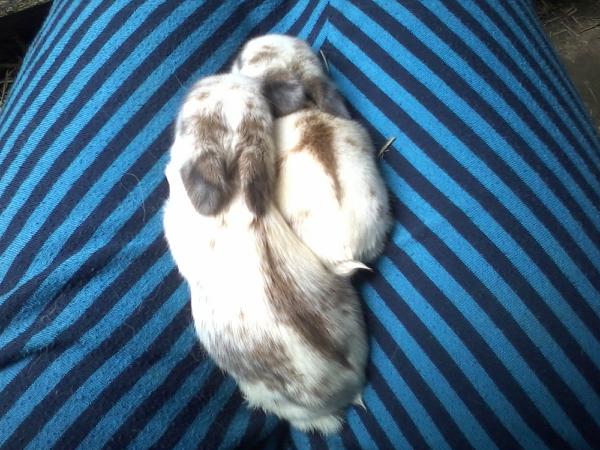
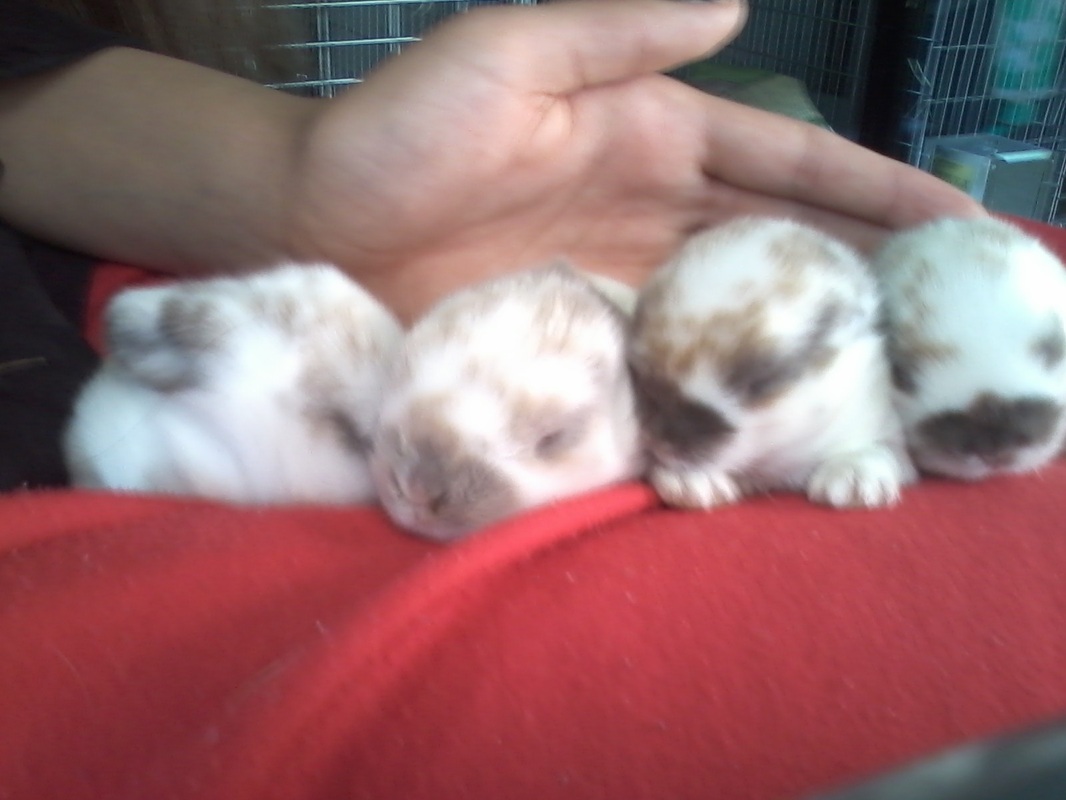
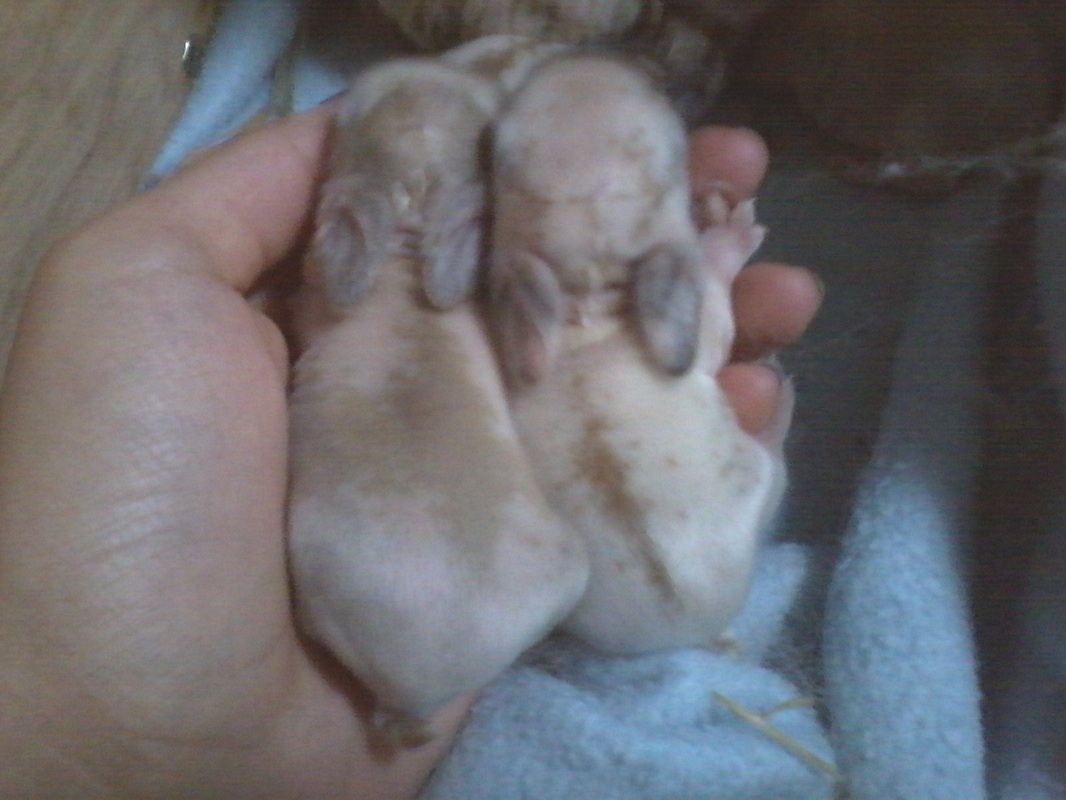
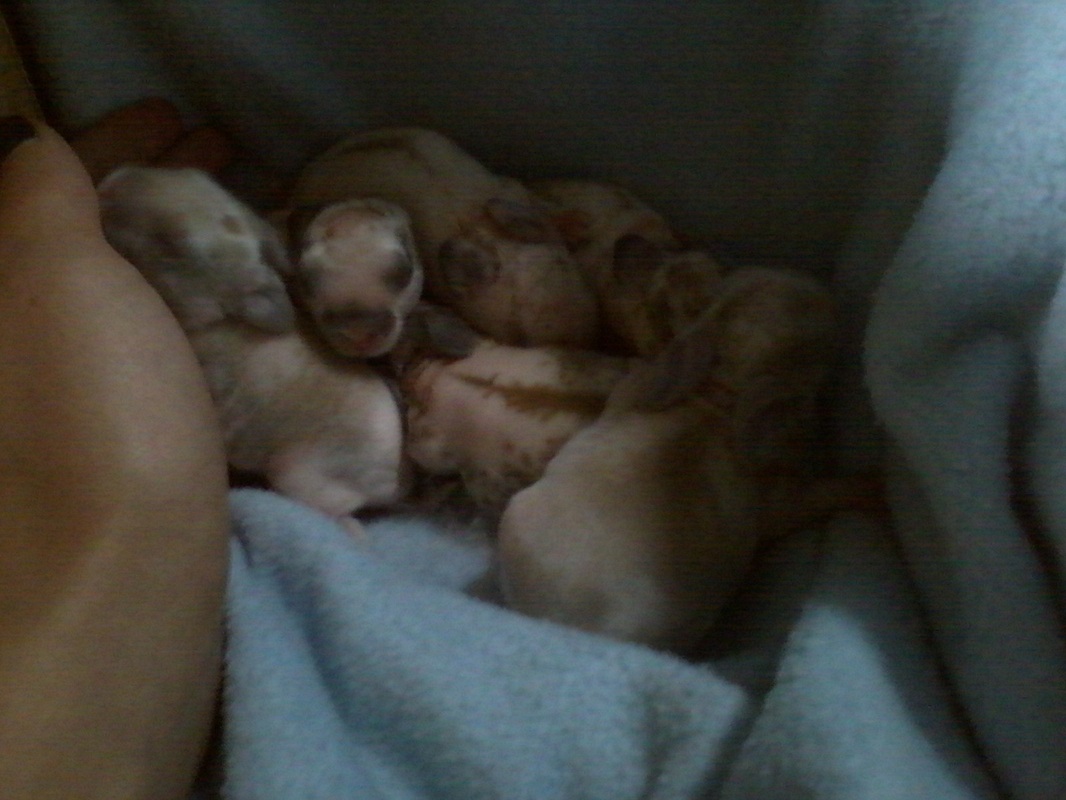
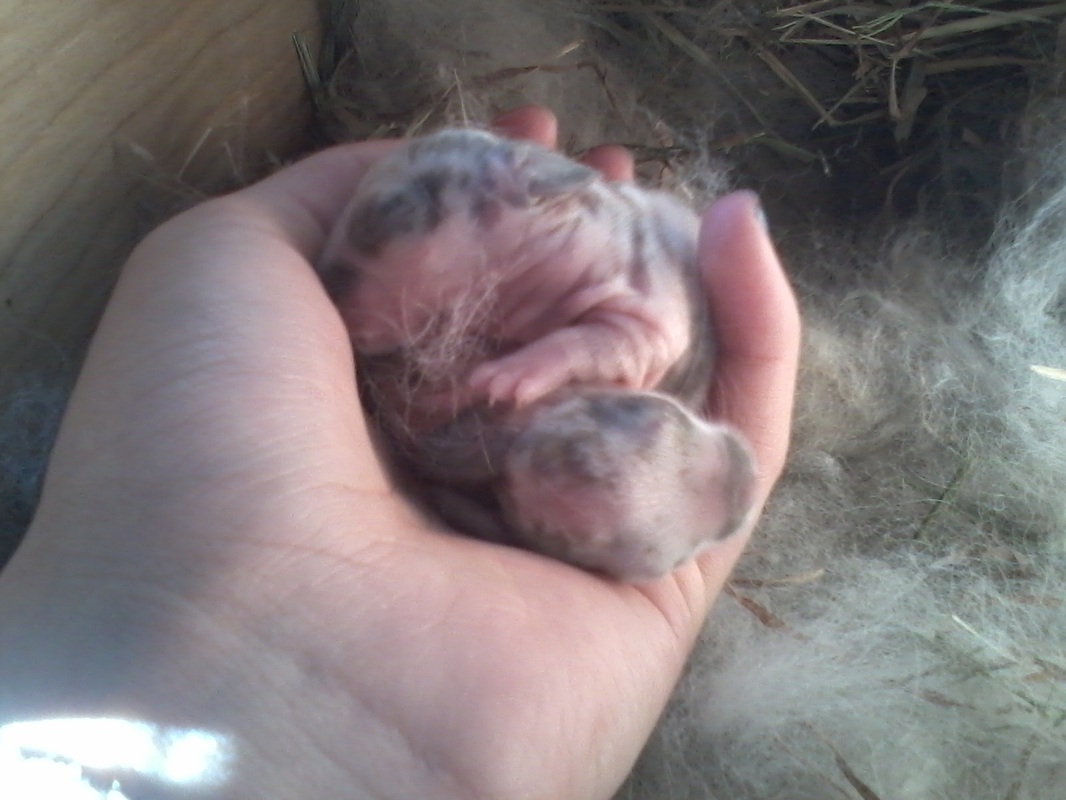
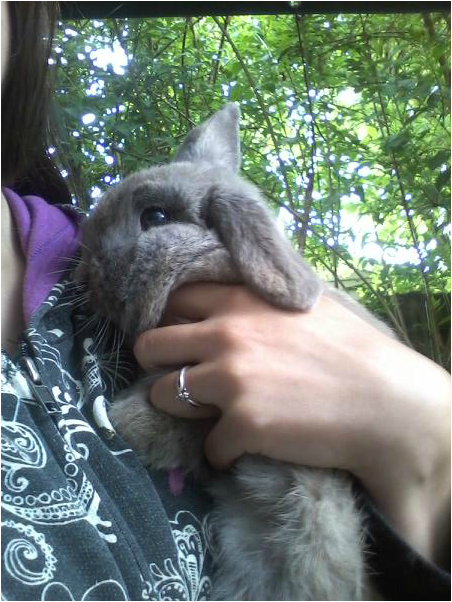
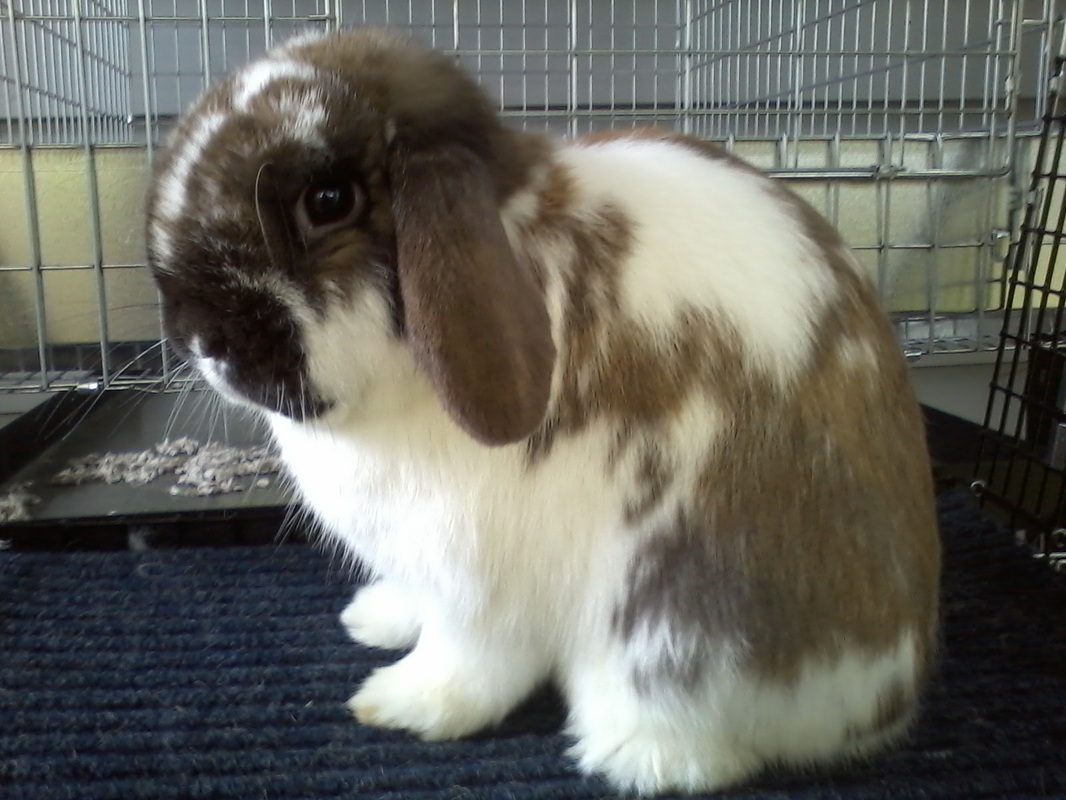
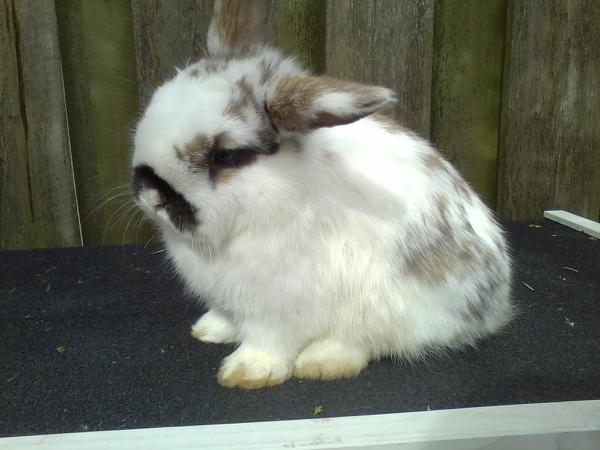
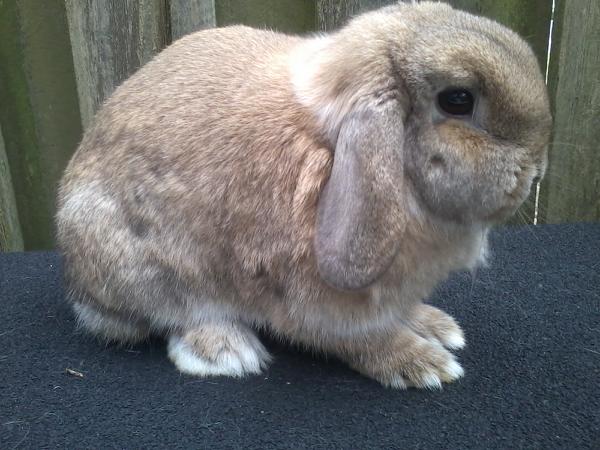
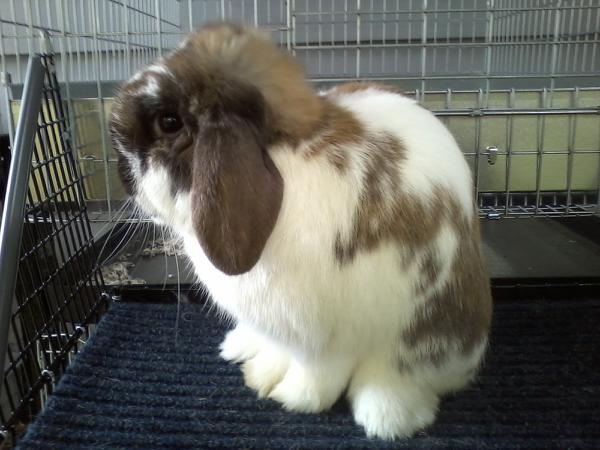
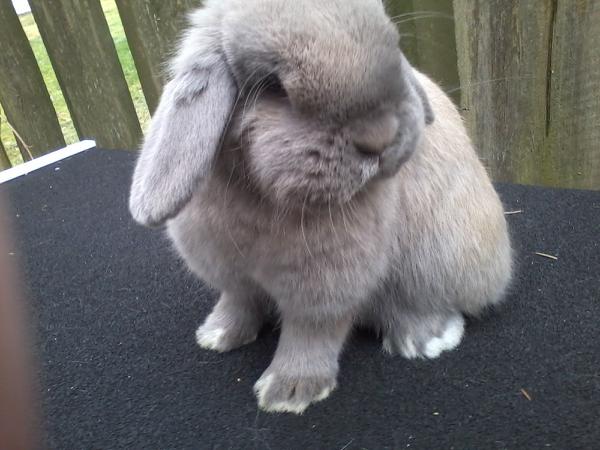
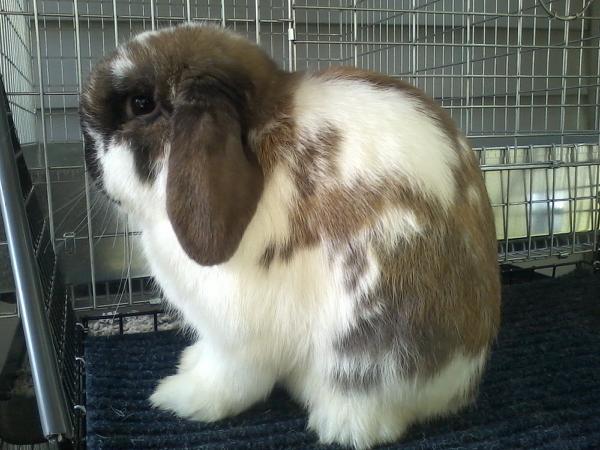
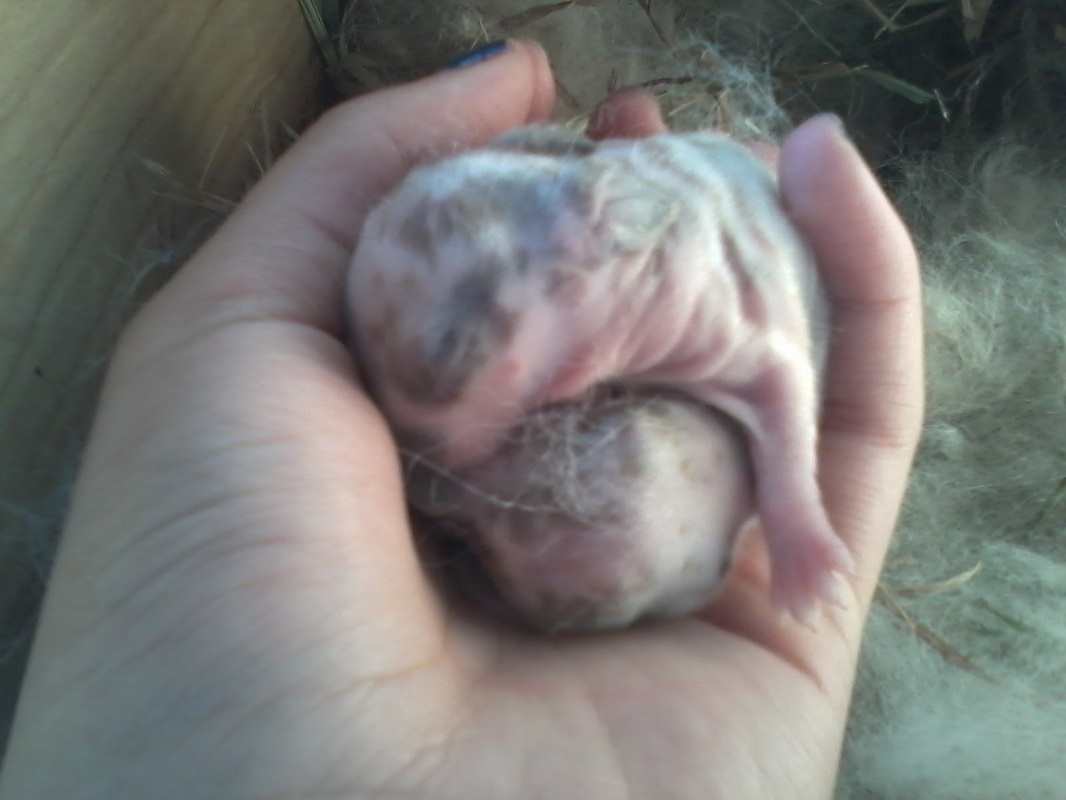
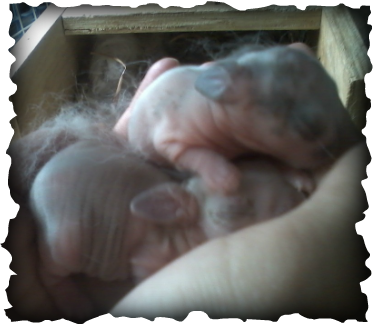
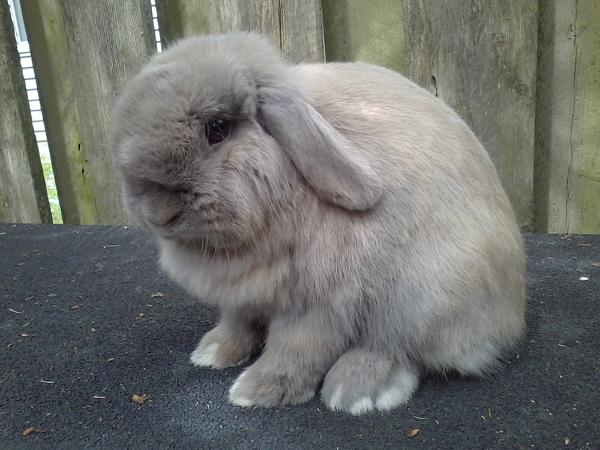
 RSS Feed
RSS Feed
